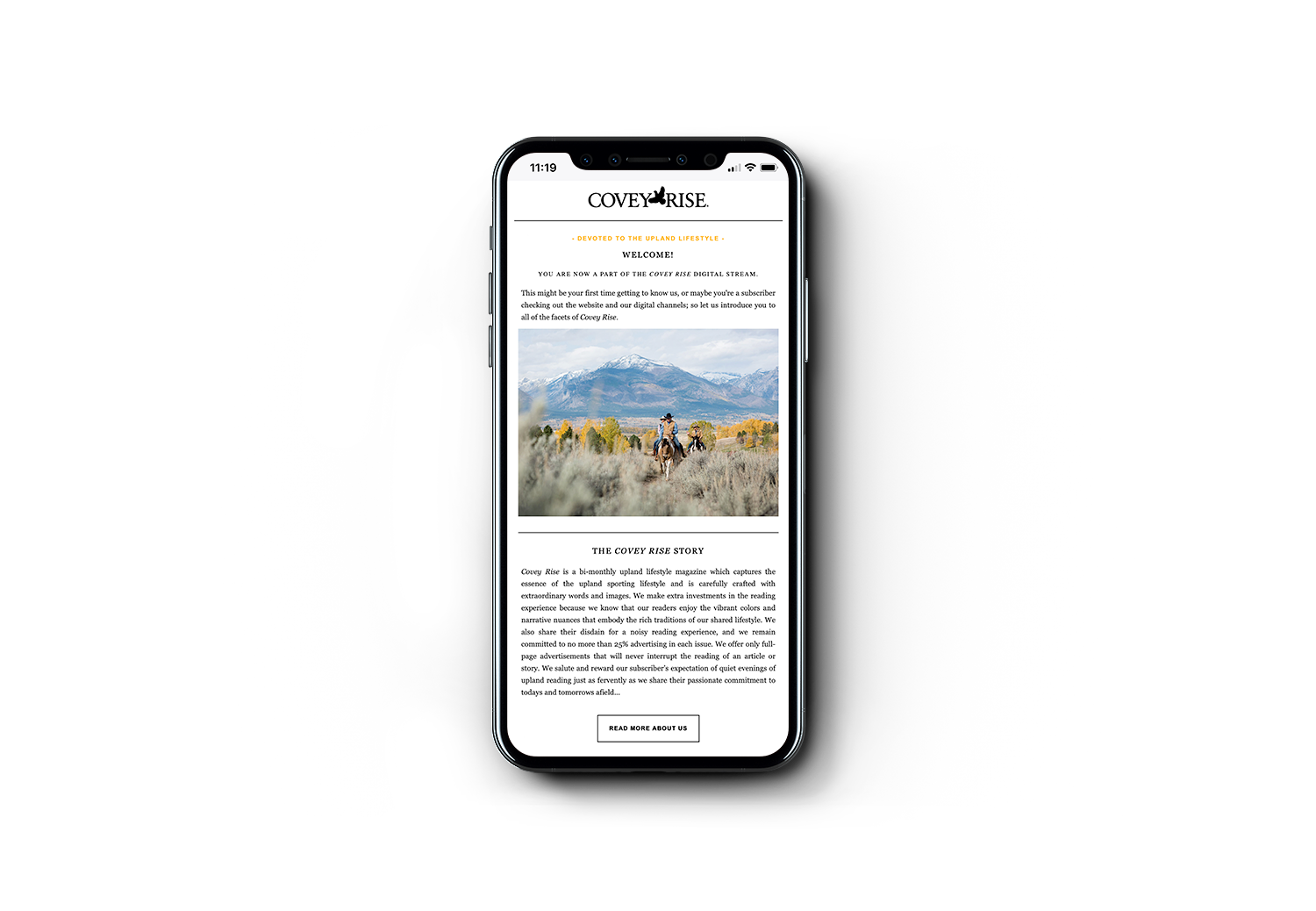In the first blush of a fine spring morning, Linda Baker, director of the Upper Green River Alliance, and I disembarked from her truck in Wyoming’s 7-million-acre Upper Green River Valley. “Hey, grouse droppings,” she said.
“Neat,” I said, not sarcastically. They looked like the scat of my Yankee ruffed grouse, only white instead of gray-brown.
“Wait,” she said. “There aren’t enough; this can’t be the lek.” The lek was farther west—toward the snow-streaked, moonlightwashed Wyoming Range. To our north rose the Hobacks and Gros Ventres, darker in their coats of lodgepole pine and subalpine _fir. We’d gotten lost in the maze of dirt roads recently cut through this rolling, sagebrush steppe to accommodate the gas industry. The year was 2004.
Lights on gas drilling rigs imparted a New York City ambience to what had recently been de facto wilderness. Ulcerating the surrounding flatlands were 8-acre rectangular well pads next to plastic-lined ponds that held scum-encrusted, hydrocarbon-fouled fracking water. It was oozing onto this parched landscape, killing wildlife forage and damaging the habitat of some the last pure strains of Colorado River cutthroat trout.




